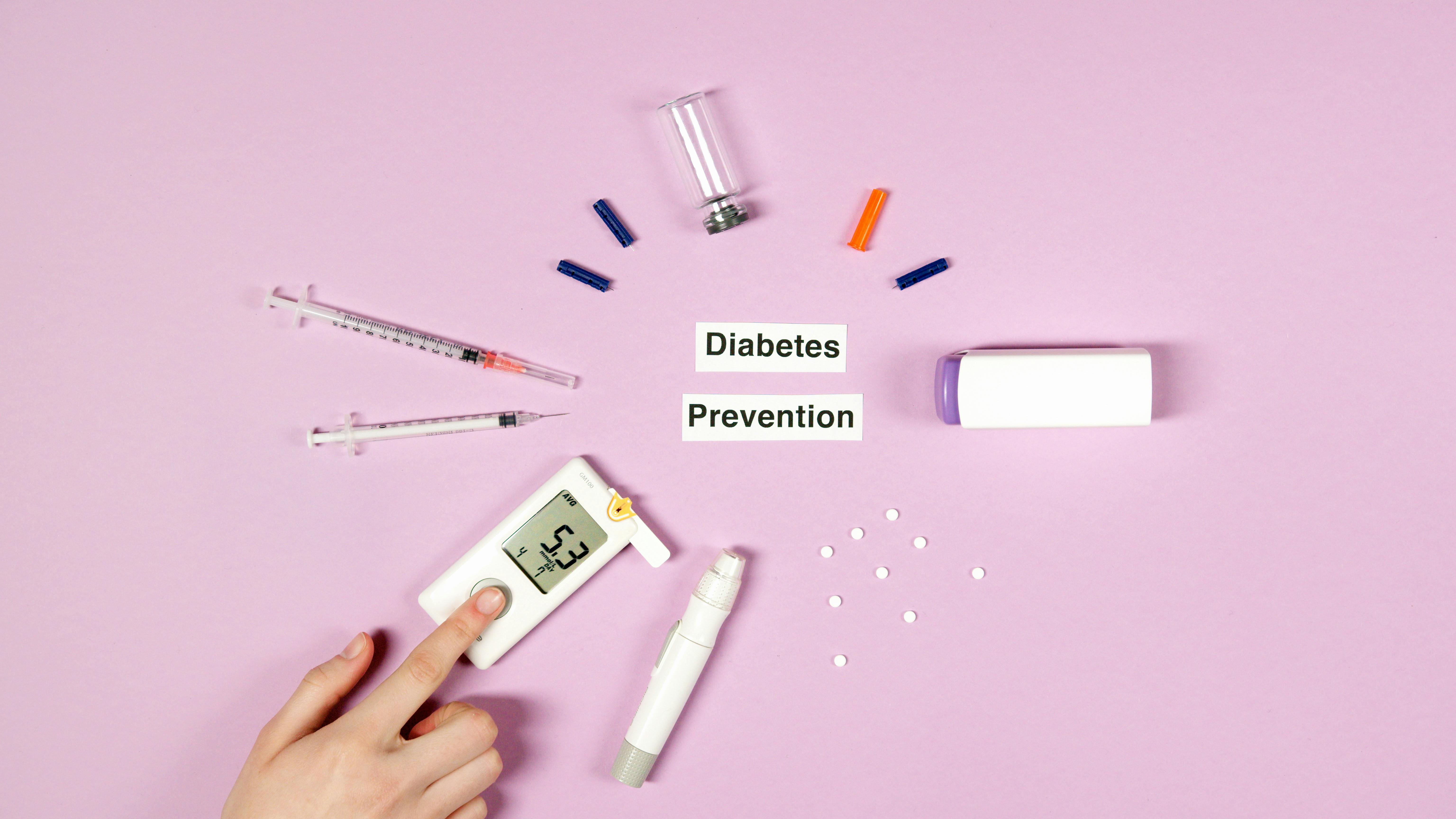Decrease charging time.
Users do not like to wait for a long time. Nobody can be more impatient than a person who surfs the web regularly: he wants to get the information he needs quickly and without delay. If a web page takes longer to load, this tests your patience. Now that competing websites with similar information are readily available, there is no reason for users to wait long for a page to load, as they could get what they need elsewhere.
The loading time of a website can be reduced by optimizing its images and web code, as well as removing heavy scripts, plugins, and widgets that are not needed.
It’s also best if a loading message has a timer or other progress indicator. Visitors are more likely to stick around when they know the exact time it takes to gain access, rather than waiting indefinitely for it to load.
Make it easy to navigate, access and read.
A website should be designed in such a way that it is easy to navigate, so that visitors can access the information they need right away. When you have a complicated structure and the wording is hard to understand, visitors can get discouraged and move on to the next website they see.
Also, website owners need to make sure they have readable text. It shouldn’t be so small that it’s difficult for visitors to read, and yet it shouldn’t be so large that it looks unprofessional. To further improve readability, the background and font should be in sharp, contrasting colors.
Go directly to the point.
The information provided should always be brief but complete. In order for visitors to stay focused, there should be no distractions or interruptions, such as a video (which is difficult to close) added on top of the content.
Keep your promises.
Visitors should not be enticed to obtain a copy if it cannot be delivered.
Interconnect, recommend and relate
A website that is based on posts (such as a technical information/gossip topic) requires more time for users to view. Time can be extended by using elements that point to relevant content.
When a visitor lands on a page with an article about cleaning a particular computer virus from their system, it should include links to other articles that explore similar topics (such as antivirus software).
Hyperlinks can be added within the post to explain the terms and methods in the most recent post, as well as a recommendation for further reading. In this way, the post a visitor lands on serves as a gateway to other web pages.
add media
This is fast becoming a world that forgets the joys of reading. Cultural implications aside, this is not a good development in terms of the web. This is the time when text is the most obnoxious way to communicate. Today, people prefer to listen to music, play games, and view images than simply reading plain text.
As a solution in terms of design context, web designers can make the content more attractive when it comes to an attractive video clip or related images. Since images can easily spark interest and curiosity, they persuade visitors to read the text for more information.
